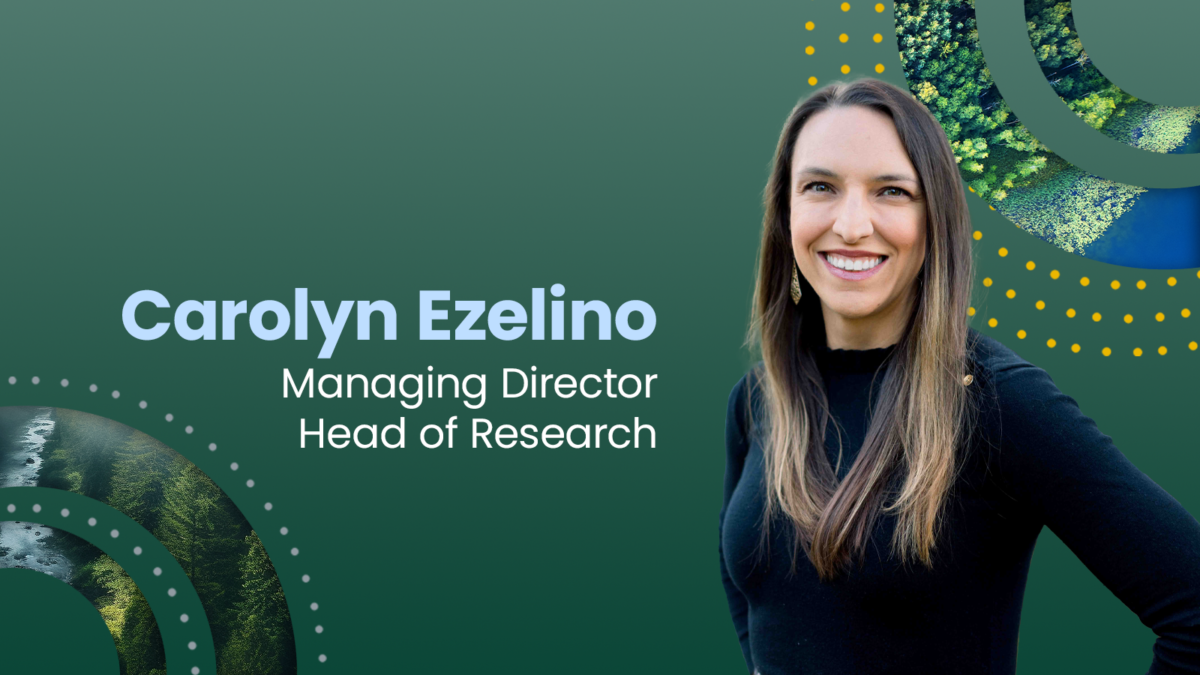B Corporation, By Tom Bird
August 19, 2013
Endeavoring to “do more” with my money and my life, I’ve been an impact investor for 15 years. Back in the ’80’s at business school, I learned about the equation: value = benefits – price. And 7 years ago, while in Divinity School studying ethics, I was able to gain a bit more clarity on values. Matterings. Impact investing has allowed me to integrate what I have learned about value and values. The MBA and the ethics training meet.
Here’s how: in my own impact investing value equation, benefits can come in three forms.
The first form involves risk adjusted financial performance, and the related analysis to prove it: Alpha, Beta etc. Very familiar to traditional investors.
The second form of benefit is what I call Iota. It represents an aggregate measure of impact. It assesses benefit going out to the world. Some investors start with the Global Impact Investing Ratings System (GIIRS) http://giirs.org/ to measure Iota, and build from there. Lots more to say on this subject, but not here.
Finally, and keeping with the Greek letter thing, there is Chi (X), which assesses benefit flowing to me. Talk isn’t enough to realize the benefit. An eXpression of values requires real investment eXecution as well. Chi gestures towards alignment between the answers to two big questions: What matters most to me? And what am I doing about it?
Last fall, my 21-year old son and I traveled together to a poverty conference in Mexico. We talked quite a bit about impact investing, and he seemed particularly taken by the story of d.light design http://www.dlightdesign.com/, and how I had invested right at the start. There is innovation, and pulling for the underdog, and plenty of things that matter in the d.light story. They have earned distinction as a GIIRS Pioneer, and their products have touched over 14 million people without access to reliable electricity in the developing world. Real solar lights, real lives impacted, real reduction in the problems associated with kerosene, real financial performance, and independent validation. I could tell he respected the work, and that he was proud of his father for being involved. Not sure exactly how to put into words the feeling I had while telling him the story. But that feeling is an example of Chi.
If benefits from impact investing include Financial return + Impact on the world + Impact on the investor, then how does one go about finding the sweet spot in a venn diagram where all 3 reside? And how does one optimize for these different forms of benefit?
After 15 years of trial and error and fiddling around with various investment policy statement iterations, 1/3 of my net worth is currently invested for impact. And I’ve landed on a simple “core and explore” approach to allocate and balance that impact pool. The core and explore categories are distinguished by which form of benefit moves to the foreground.
Roughly 3/4 of my impact pool goes in the “core” investment strategies: some public and liquid, and some private equity as well. Diversified. All with environmental, social, and/or governance (ESG) stories that roll up into an Iota measure. The financial goal for this set of investments is to be “competitive with appropriate benchmarks.” Of the 3 forms of benefit, this segment puts the Alpha, Beta etc. variety in the foreground. For years I didn’t believe the “competitive with benchmarks” goal was realistic. A combination of data and personal experience has changed my mind.
The remaining 1/4 of my impact pool can be found in a mix of innovative, early stage, direct investments. I spend quite a bit of time in this “explore” segment, and I love doing it. My friends are getting sick of hearing stories about transformational, potentially world changing ideas… Chi and Iota are in the foreground here.
The impact investing world is emerging. Maybe the best news in this post is that there are credible firms out there now, with investment professionals that help people access multiple forms of benefit. It changes the nature of the value equation.
Tom Bird spends half his time working on the “core” as a managing director with Sonen Capital and the other half “exploring” with the FARM Fund, Village Capital and others.
See the full article on the B Corporation blog.


